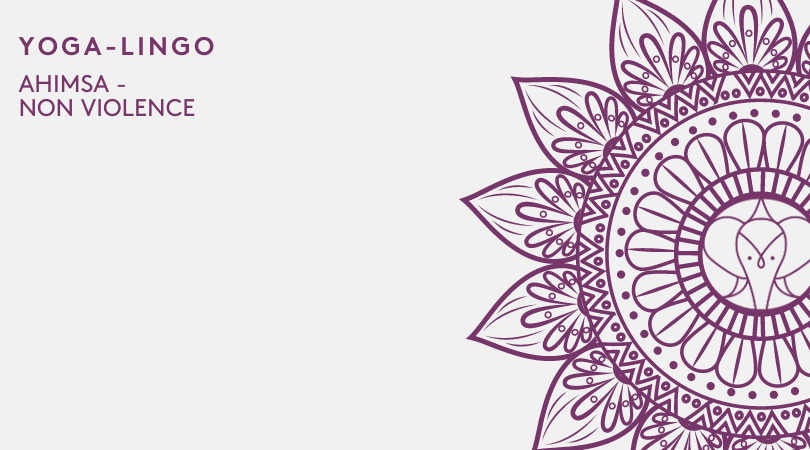Salamba Sarvangasana - Shoulderstand
This asana is practiced in Hatha Yoga. The name Salamba Sarvangasana is derived from the Sanskrit words Salamba meaning supported, sarvanga meaning the whole body and asana meaning posture. It has been described as the queen of all yoga poses because it engages the entire body. The king is, of course, the headstand.
This pose is also known as the candle, supported shoulderstand, Kandrasana or just the queen of poses.
Salamba Sarvangasana Step by Step
Step 1: Lie flat on your back with your hands to the sides and palms facing down. Ensure that your whole body is stretched out straight.
Step 2: Inhale and lift your legs up to 90 degrees while keeping your back and neck on the floor. Some people also opt to start by folding their knees and bringing the heels of the feet close to the hips before lifting their feet.
Step 3: push your arms into the floor for support and lift your back off the floor. You can move your arms to your back for support. Place your arms on your back and the elbows on the floor so that you have the support you need to keep your back straight.
Step 4: raise your pelvis over your shoulders and keep your torso perpendicular to the floor. Do not move your neck when doing the pose or when in the pose.
Step 5: hold the position for the set time. To release from the position, exhale calmly as you bring the feet back down.
Modifications
The pose can be done against a wall to aid beginners. Lie on the back with your body close to a wall. Lift your feet and place them on the wall for support. Push against the wall to lift your back off the floor and move your hands to the back for support like in step 3 above.
When coming out from the pose you will take your legs back to the wall first. Using the wall for support can help you get a feeling of how the pose feels on your neck. If it is not comfortable do not go all the way.
Preparatory Poses
Setu bandha Sarvangasana, Halasana, Virasana, Setu bandasana, Ardha halasana
Follow Up Poses
Savasana, Halasana
Benefits
Strengthens the lower abdominal muscles
Strengthens the spine
Stretches the shoulders and neck
Strengthens the shoulders and neck
Stretches and lengthens the spine
Bandhas
Jalahandra bandha
Drishti
Tip of the nose (towards the chest)
Variations
The pose can be done in different variations. It can be done as a one-legged pose where one leg is lowered to the back of the head while the other is lifted up straight. It can also be done by the experienced yogis when the legs are in the lotus position. The other variation is the half shoulder-stand pose.
In this pose, the back is supported using the arms and at an angle of about 45 degrees to the floor. The legs, however, are raised up straight upwards perpendicular to the floor. The pose is also done in an unsupported form. In this one, the hands are raised straight in front of the body pointing to the ceiling in the same way as the legs.
Traditions
This pose is believed to have been practiced since the 15th century as Viparita Karani. It can be traced with the current name as back as 1934 when it is mentioned in the book Yoga Makaranda.
Pose Type
Inverted pose
Beginner Tips
For beginners, you can use the wall for support until you are able to carry out the pose effectively on your own without any help.
It is imperative to note the feeling on your neck. If you feel uncomfortable please stop the asana or do it to the level where you are comfortable.









